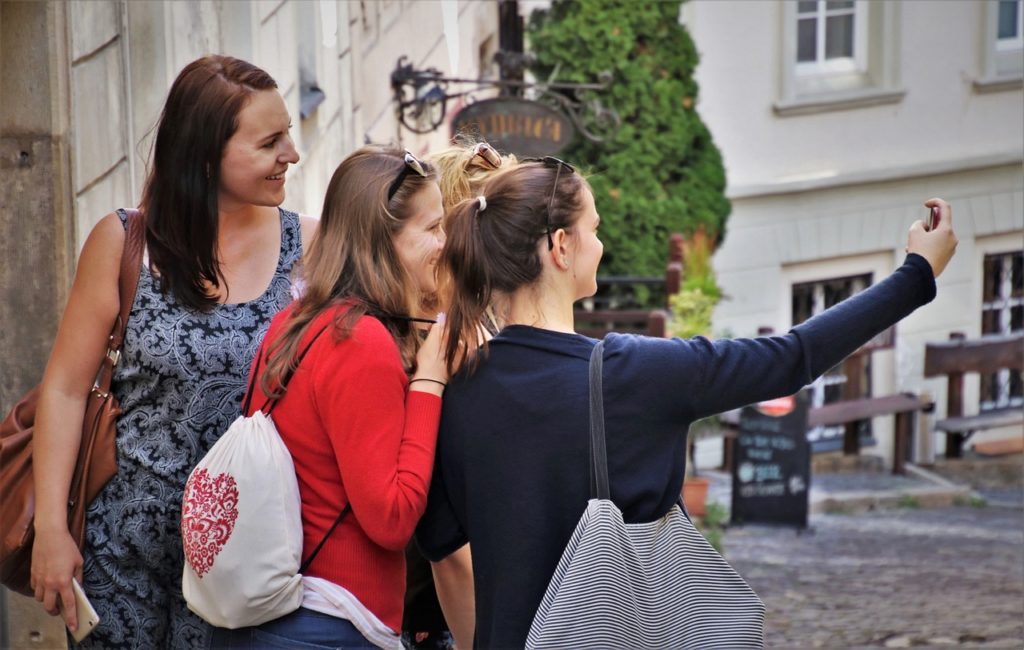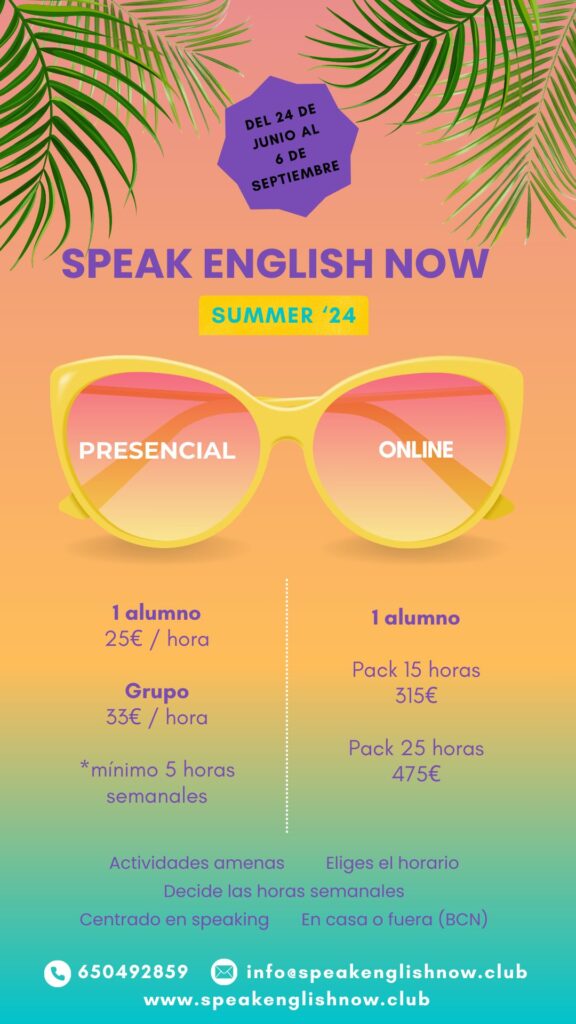
El Present continuous es otro de los tiempos verbales del inglés básicos que se aprenden
junto al Present simple. La principal diferencia entre estos dos verbos de tiempo es
principalmente que el cotinuous se utiliza principalmente para expresar frases que están
sucediendo ahora mismo.
Este verbo es utilizado con mucha frecuencia a la hora de trasmitir una sucesión de acciones
de forma parecida a nuestro estar + gerundio en una línea temporal de presente. Dominar el
present continuous es crucial para poder superar las competencias de nivel elemental y
comenzar a tener las primeras conversaciones en inglés.

Tanto si ya utilizas el verbo como si no, en este articulo te ayudaremos a profundizar en los
tiempos de presente paso a paso y al igual que en nuestro articulo sobre el Present simple . Al
final del post serás puesto/a a prueba.
Let’s do it!
¿Cómo se utiliza el Present continuos?
El Present continuous se relaciona estrechamente con “el ahora”, es decir aquella marca
temporal que determina acciones que están sucediendo al momento, es por ello que con
bastante frecuencia aparece acompañado de adverbios temporales como “now”, “at this
moment”, “today”, “tonight”, “this morning”…

De forma resumida podemos resumir que los usos del Present continuous son:
- Acciones que se están realizando ahora.
I’m dancing with my girlfriend.
Maria is busy. She is talking on the phone now.
Pedro and Charles are playing football with their friends now.
- Planes programados con adverbios temporales.
I’m going to the mountains tomorrow.
Juan is coming with us tonight.
They are drinking tea at 3:00 pm.
Como se construye el Present continuous
Al igual que el Present simple, la forma de conjugar el verbo no representa dificultad. Es tan
sencillo como utilizar la forma “to be” + un verbo infinitivo en “-ing” (gerundio). Si ya conoces
la forma del verbo “to be” entonces ya tienes gran parte del trabajo hecho.
Caution! No todos los verbos pueden ir en -ing (gerundio). Hay una excepción con los verbos
de sentido (vista, oído…), estado (be, like, have…) y emoción (hungry, feel…)
| Afirmativo | Negativo | Interrogativo |
| I am reading | I am not reading | Am i reading? |
| You are reading | You are not reading | Are you reading? |
| He/she/it is reading | He/she/it is not reading | Is he/she/it reading? |
| We are reading | We are not reading | Are we reading? |
| You are reading | You are not reading | Are you reading? |
| They are reading | They are not reading? | Are we reading? |
Don’t forget que existe una regla gramatical que fuerza habitualmente a los verbos “like”,
“love” y “hate” a utilizar la forma “ing”. Esta forma se utiliza para dar expresividad a acciones
de presente.
I love eating chocolate.
They hate speaking in English to other people.
He loves watching horror movies.
Pon a prueba tu Present continuous
Es el momento de demostrar lo que sabes sobre el Present continuous, prueba resolver este
pequeño ejercicio. Pulsa, el botón “mostrar respuestas” de más abajo para revelar las
soluciones.
Mr. Smith ….. (to deal) with a client right now.
I …….. (to play) video games with Pedro.
Don’t worry, we …… (to come) in 5 minutes.
Sorry, the bathroom is unavailable! They ……(to take) a shower at this moment.
She …. (to not practice) a card trick.
What …. you…. (to do) now? The room is really dirty.
The dog …….. (to chase) the cat again! You must do something to stop it!
Mostrar respuestas
Mr. Smith is dealing (to deal) with a client right now.
I am playing (to play) video games with Pedro.
Don’t worry, we are coming (to come) in 5 minutes.
Sorry, the bathroom is unavailable! They are taking (to take) a shower at this moment.
She is practicing (to not practice) a card trick.
What are you doing (to do) now? The room is really dirty.
The dog is chasing (to chase) the cat again! You must do something to stop it!
¡Si has completado más de 4 frases bien, te damos la enhorabuena! ….Y si has acertado menos de 3 no te preocupes, para progresar hay que equivocarse.
See ya!

